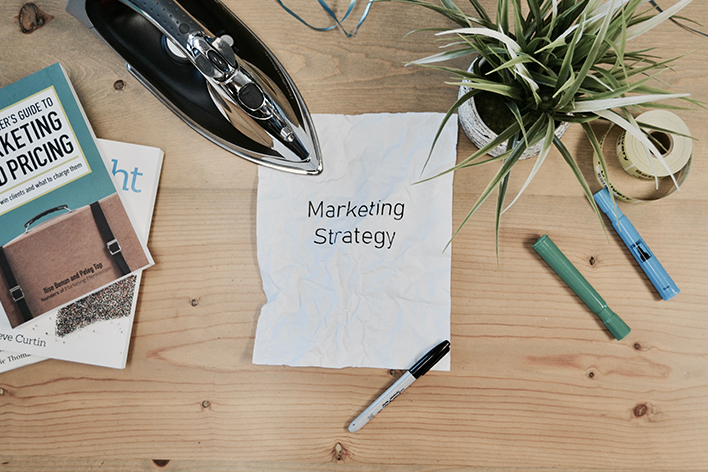The concept of “marketing” revolves around creating brand goals for awareness, getting traffic and growing conversions. A “Marketing Funnel” is what you will need to create if you desire more control and information about what works and what fails when trying to reach a brand goal.
What is a Marketing Funnel?
If you’ve been doing marketing for a while now, you should have heard about Funnels. A Marketing Funnel is the user journey you create to lead viewers to a certain action, or “conversion”. Just like a real funnel, a Marketing Funnel has a wide initial reach and leads customers down a step-by-step path to a specific action you want from them, whether it be visiting a landing page, buying a product, booking a ticket, subscribing to a mailer, entering a giveaway, you name it. Each step aims to thin out users that have no interest in your product, so you end up with a list of contacts that have a higher likelihood of becoming customers.
Why are Marketing Funnels important?
A Marketing Funnel is great way to put your digital brand assets, like your social pages, website and mailer, to use in a way that creates a trackable goal. Instead of just posting content on social media and pumping your SEO up to grow organic (unpaid) traffic to your online store, or just paying for an advert that leads people to your e-store, a Marketing Funnel aims to flesh out the entire journey that a potential customer will go through to finally make the decision to spend money on your brand. This will allow you to track exactly where users drop off from your Funnel, allowing you to make strategic adjustments to “fix” your Funnel as needed – as opposed to stumbling around in the dark not knowing what aspect of your digital marketing to improve for better returns on investment (ROI).
Marketing Funnels are not just for digital use. You can create Marketing Funnels for in-store activities as well. Let’s have a look at the simple acronym that will help you create your first (or best) Marketing Funnel: AIDA
How to create a Marketing Funnel (with AIDA)?
AIDA is an acronym and a fun way to remember how to create a Marketing Funnel from scratch. It defines the 4 stages that every Marketing Funnel should have and the content options that go with each stage to help users reach a specific action (i.e. a conversion).
AIDA stands for:
Attention – Grab it!
First you need to cast a wide net and get as much attention from potential users (aka. potential customer) as possible. This step requires that you create content that relates to your brand, product or service, all while aiming to identify a problem that the user may have. Put yourself in your potential customer’s shoes and think about scenarios you would need to be in to be inspired to search and find your product or service. With this “problem” in mind, create Top-of-the-Funnel content that aims to draw viewers in and move them on to the next step.
Content types for this stage can include:
- Articles / Webinars / Podcasts / Videos with useful tips.
- Advertisements (Facebook, Twitter, LinkedIn, Google Ads)
- Landing Pages with useful information or free tools.
Interest – Explain it!
Once you have identified a problem and made it relatable to draw in users, it’s time to offer solutions. Don’t just push your product as the solution, at least not in a super obvious way, instead offer a number of solutions, most of them for free. This helps set you up as an industry expert, as well as build brand trust, because you are giving away advice or a free workshop or tools that will benefit your user in some way…but be sure to insert benefits about your own product to start sowing the seeds of why your product should be at the top of their list.
Content types for this stage can include:
- Website content (and blogs filled with tips)
- Mailers
- Social Media Posts
Desire – Create it!
Now it’s time to get a bit more product-centric. You’ve identified a problem, you’ve offered helpful advice and solutions with subtle hints at your product, the next step is to promote your product. Create advertorial-type content where you can compare your product to those of competitors, where you identify the how it would counter common problems, anything that will help users understand why they should buy your product instead of a competitor’s.
Content types for this stage can include:
- E-Books or Presentations
- Brochures
- Videos
- Microsites
Action – Inspire it!
It’s time for your user to make the final action, to convert to either a lead or a buyer. In this final step, your job is to make the purchase as easy as possible with one big and beautifully designed call-to-action (CTA) button that leads them to the final acts of converting, whether that be to purchase your product or service, or to sign up to your newsletter, download your app, leave a review, follow your social media page, whatever your marketing goal may be. Another, seldom remembered, job in the Action step is post-sale customer are. Obtaining a conversion is not the end of a Marketing Funnel. You need to foster the relationship, either to retain them as a customer, to upsell in the future, or to get a positive review from them to further promote your business.
Content types for this stage can include:
- CTA Buttons
- Case studies
- Testimonials
- E-Learning
With the above content in mind, plan a start-to-finish journey of how a potential customer would see your ATTENTION content, then how that ATTENTION content will lead them to the INTEREST content, then on to the DESIRE content, and finally convert with the ACTION content. See? It’s a journey. Your job as a small business owner is to find the most cost-effective way to use your marketing budget, and a well-planned Marketing Funnel can save you quite a bit in advertising costs down the line, especially when it comes to remarketing campaigns.
The AIDA format of planning and executing Marketing Funnels offers a great start, but keep in mind that every brand is different and will need a unique Marketing Funnel (of five) that resonates with their target audience. Each marketing endeavor should be carefully planned, and content should be strategically created and placed. Some Marketing Funnels can deliver ROI within a month, while others play a longer conversion game. We’ll be looking more Marketing Funnel tips and tricks in the future, so be sure subscribe to the Real Receptionist Facebook page to be notified when our next blog comes out.


Leave a Reply